A couple of years ago, a large group of us booked an impromptu weekend to Marbella. As I had spent much of the Summer on an all-you-can-eat diet of Magnum ice creams, Kettle Chips and various dips, I wasn’t what you’d call ‘bikini-ready.’
In no way do I advocate crash diets but with just a few weeks until I hit the beach the words of my TOWIE namesake rang in my ears. I became committed to the ‘No carbs before Marbs’ mantra and decided to give up pasta and bread for a few weeks and cut down on the other bad eating habits.
As a pescatarian with the world’s slowest oven, I had developed an unhealthy reliance on penne and rigatoni as the bulk of my main meal and was probably tucking into a large portion for five out of seven evening meals (!).
When I switched my white pasta intake for low-carb alternatives the results were dramatic and almost instant. No bloating, a flatter stomach and less abdominal pain. I’m pleased to report that I have rarely strayed back into the fusilli-shaped abyss. Bread is another story. I would love to give that up but would really struggle with what to eat.
With such a drastic change to my eating habits I had to find lower-carb alternatives to high-starch pasta. Here are a few options to consider when making the switch away from white flour.
Spiraliser or Julienne Peeler
I have heard people wax lyrical about a spiraliser but knowing the amount of gadgets I have stuffed at the back of my cupboards I was reluctant to splash out on one.
Instead I splurged £3.89 on a Julienne Peeler from Lakeland. You use it rather like a veg peeler and simply slide it down your carrot, courgette or similar veg to create ultra-thin ribbons. You can then gently heat them through before adding a topping. If you opt for butternut squash or sweet potato you’ll need to cook them through thoroughly.
Soba Noodles
I know pasta doesn’t take long to cook but the great thing about noodles is that they only need a quick blast in a pan. Despite masquerading as a wheat product, buckwheat is actually a seed from a flower relating to rhubarb. However to be entirely wheat and gluten-free you need to choose a noodle variety that contains 100% buckwheat. I can’t find this version in my local Sainsbury’s so have to visit a health food store instead. Dried soba looks similar to spaghetti and has a nutty flavour making a really distinctive-tasting addition to your spag bol.
Quinoa
Quinoa is a seed jam-packed full of all eight essential amino acids and rightly deserves the title of ‘super crop.’
You cook it like you would rice but rinse vigorously before you add water as the coating can be bitter. Alternatively buy a ready-to-eat bag and heat through in the microwave. I like mine with a heap of roasted vegetables and a generous serving of feta.
Wholewheat Varieties
Wholewheat pasta includes both the bran and germ of the wheat whilst white pasta is made from just the endosperm. Therefore you get more fibre and nutrients and less carbs in the whole-wheat variety.
Heavily processed white pasta and I are no longer friends but I’m afraid wholewheat pasta just doesn’t cut it for me. The grainier, thicker texture and rather distinctive taste doesn’t partner with my favourite pesto sauce and so I rarely reach for a packet.
Squash, Pumpkins and Gourds
They’re difficult to come by but the spaghetti squash is becoming increasingly popular. When raw the flesh is solid and similar to other raw squash but when cooked the flesh falls away in spaghetti-like strands. Alternatively you can make your own pumpkin pasta using the same technique as pasta making but with pumpkin puree and a gluten-free flour.
Considering the lack of taste, I’m still surprised by how much I miss pasta. I would love to hear your alternatives so I can try out a few new recipes. Have you given up carbs or perhaps you’re on a paleo or gluten-free diet? What alternatives do you go for now?

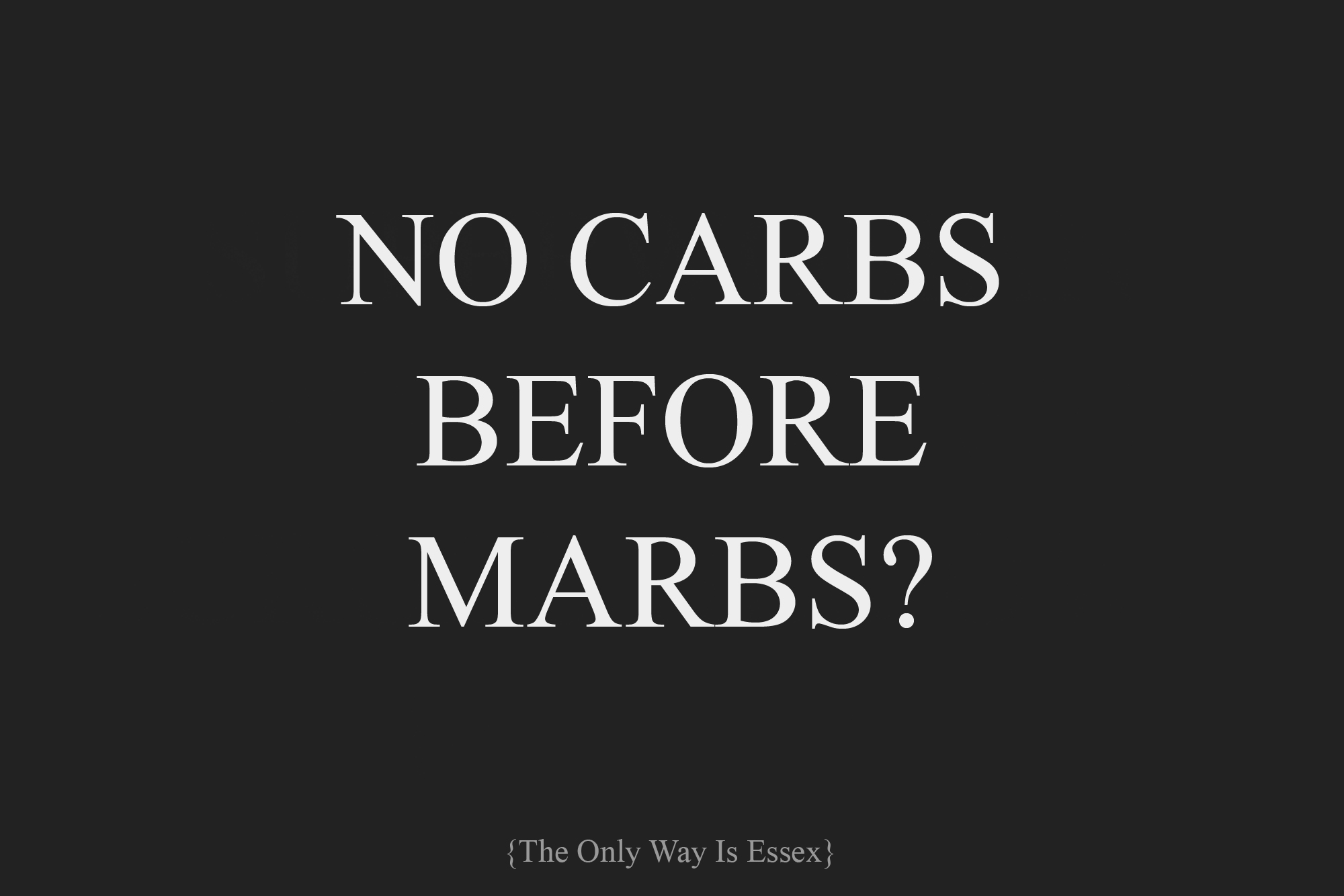
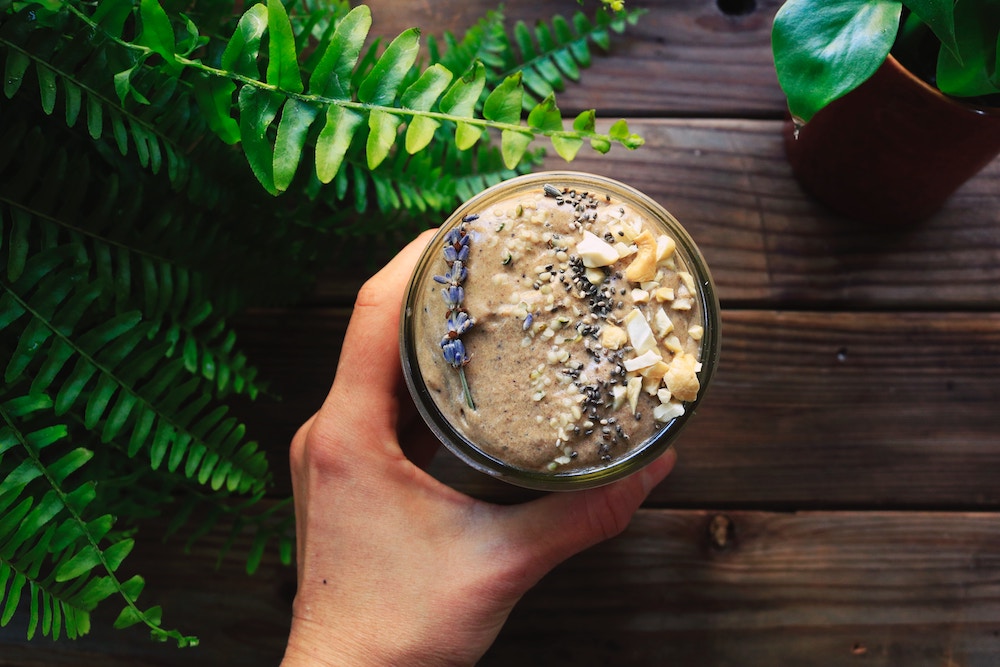

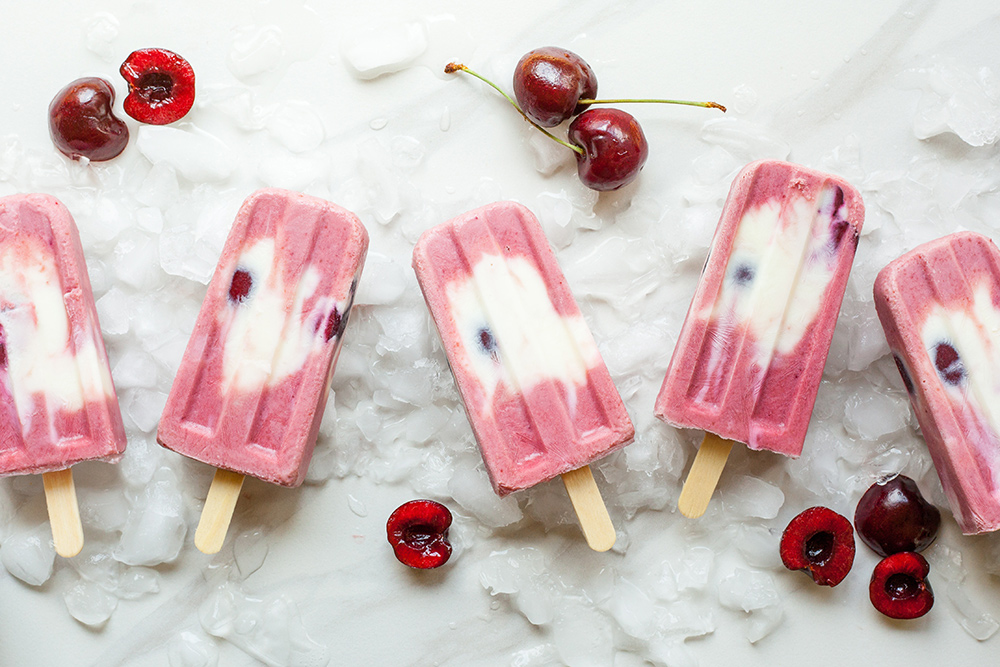
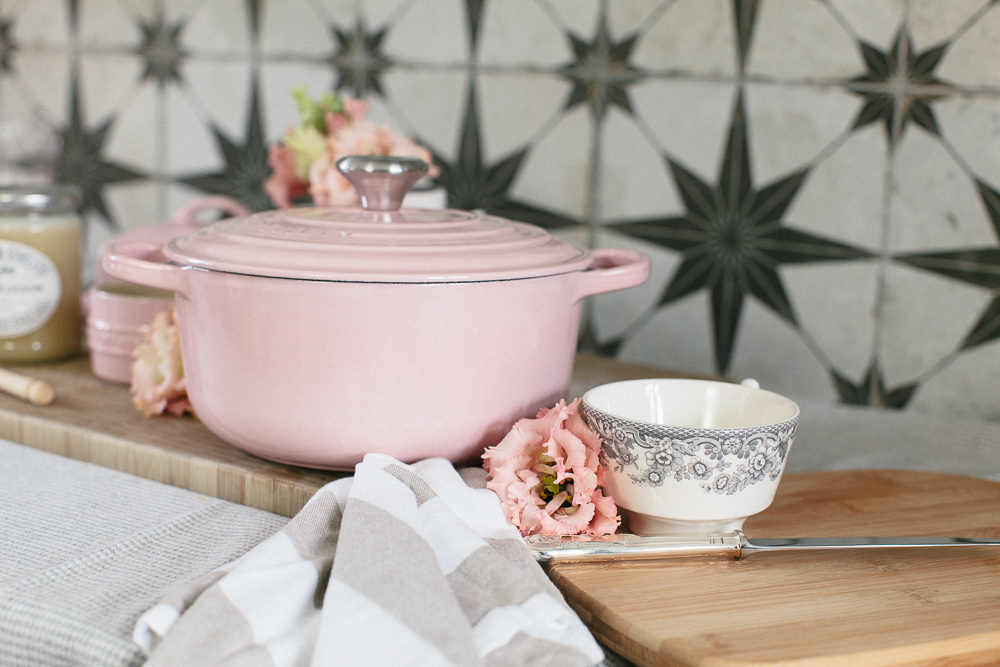
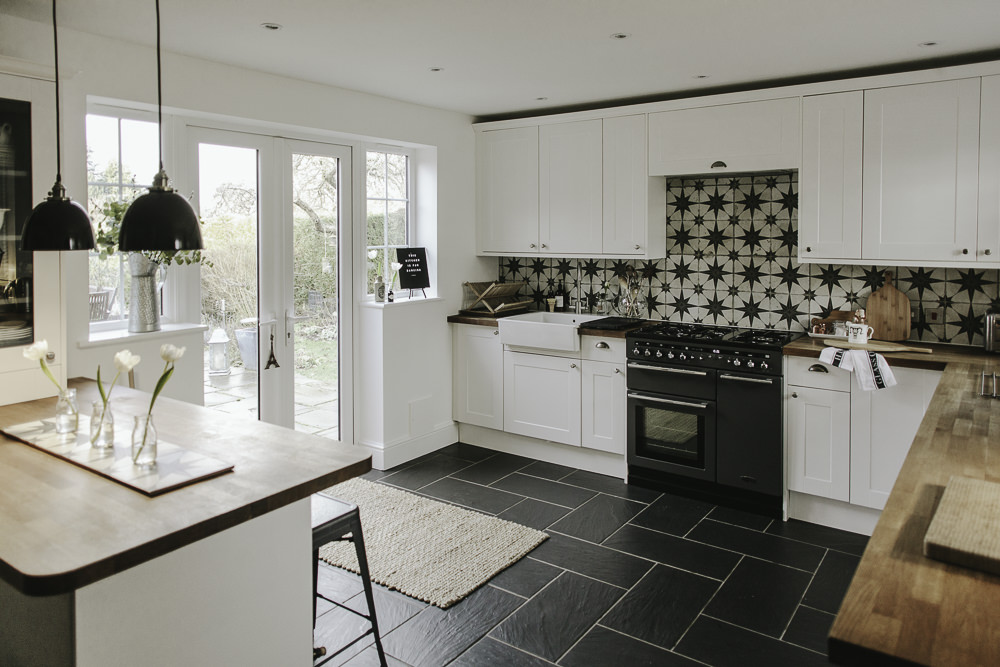
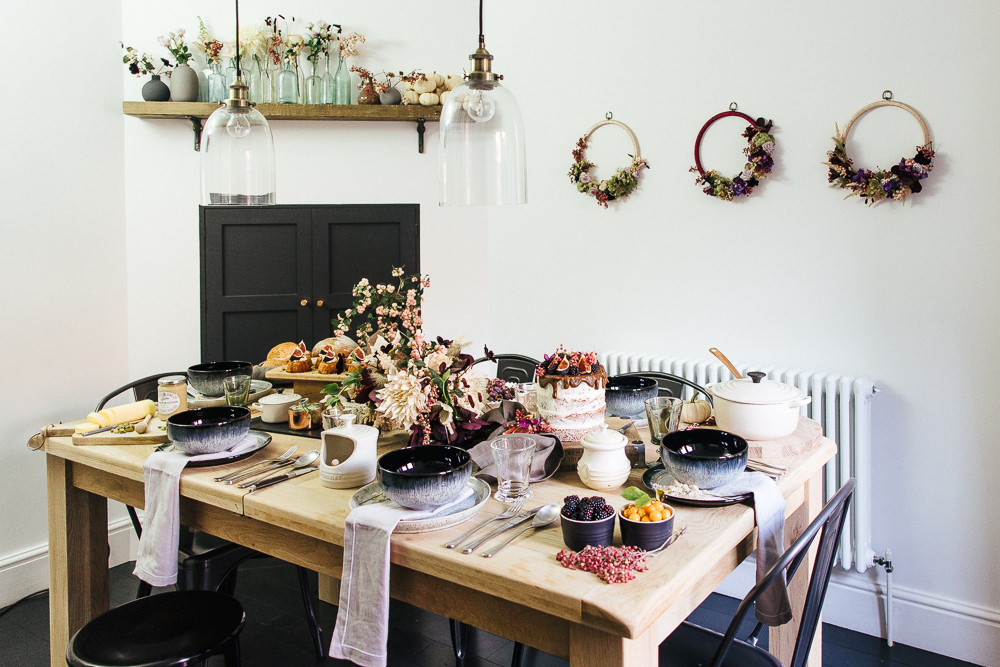
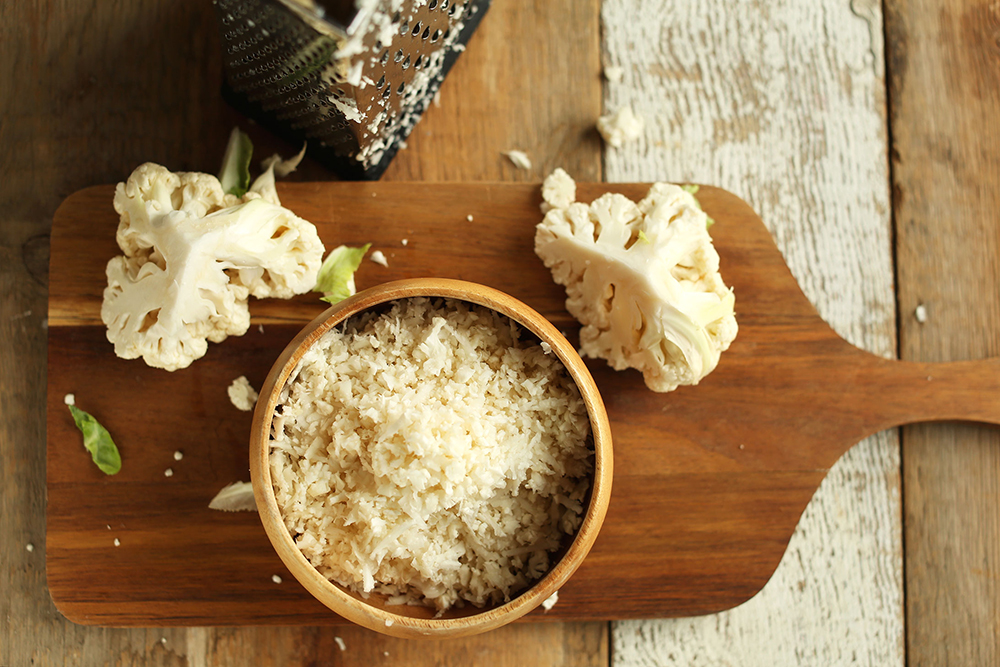
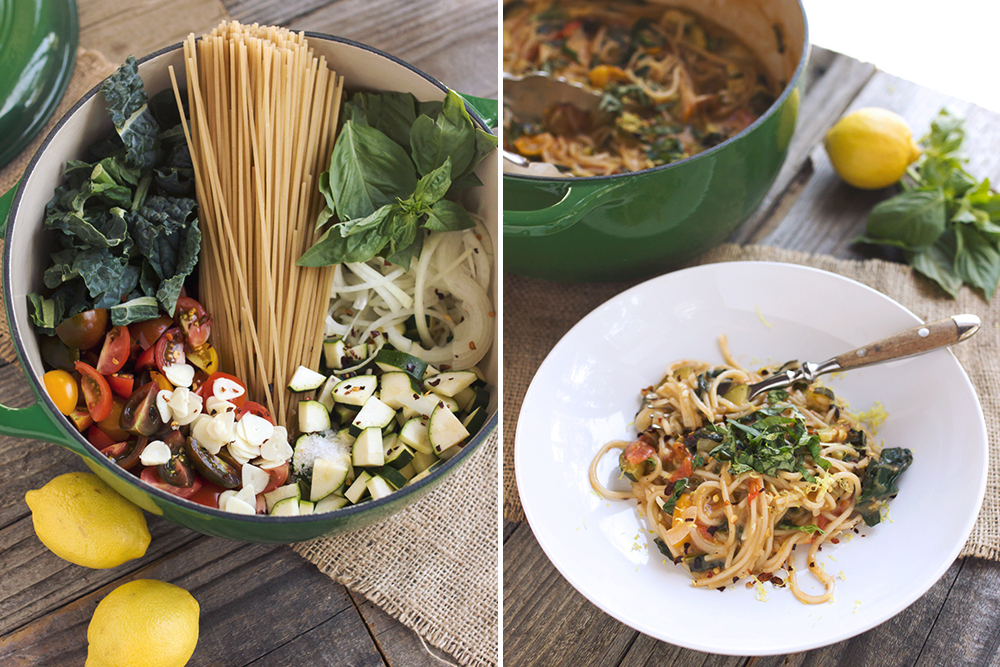

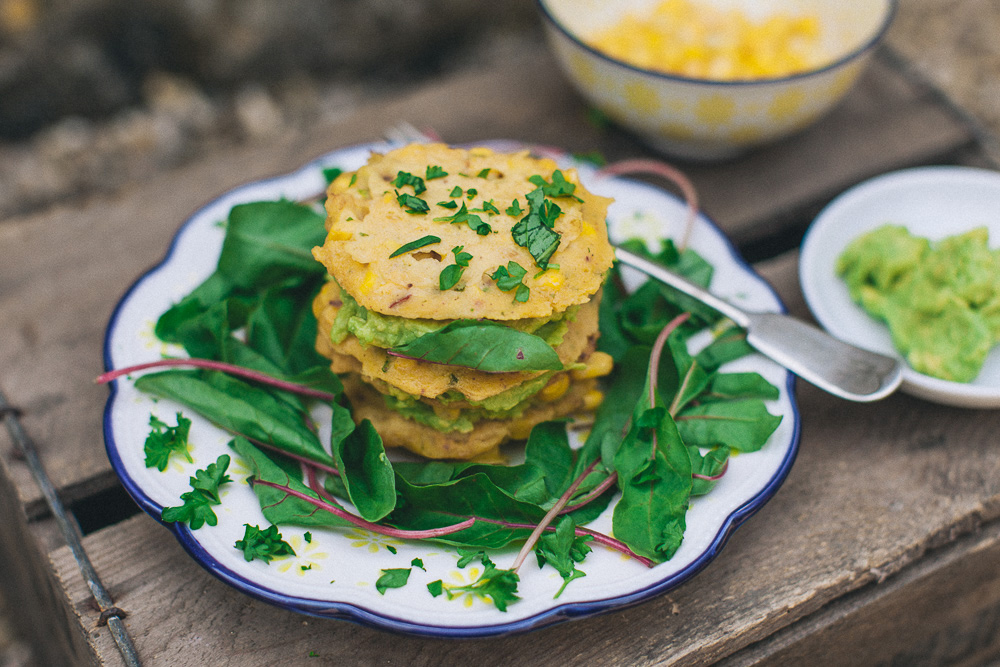
I have recently undergone a similar transformation so know the feeling of missing pasta and bread! However, a couple of alternatives I have found which work for me are brown rice pasta – you may need to get to a health food store for this. I have found most gluten free pasta is full of other random ingredients but organic brown rice pasta is made only from brown rice and water. Magic! I don’t notice too much difference between that and regular pasta so may be worth a try. I also did not like the flavour and consistency of wholewheat pasta so agree with you there!
I am also rather partial to wheat free rye bread in the morning as toast – I like the rich flavour but my husband hates it so it might not work for everyone….
Thanks for the other tips!
Thanks Mrs N. I am going to go on the hunt for brown rice pasta!
Great tip on the rye bread. How long are you finding it stays fresh for?
I get the German organic variety by SchneiderBrot in waitrose (it’s long and thin with about 8 slices in a pack) and find it lasts a lot longer than the smaller slices that you can get (usually well over a week). There are lots of other varieties too but they tend to go off quicker. Good luck with the pasta!
Hi Lauren, I too I am a fan of the Julienne peeler, like you having looked at the spiraliser contraption and deciding that the cost and space were better spent elsewhere. I use the peeler a lot, to add texture to a salad or like you to make ‘pasta’. Then just steam whatever you have chosen to either warm through (or cook through for the harder veggies like carrot & squashes).
As for the spaghetti squash I have been looking for one of these to try for a few years now, but yes, limited distribution and a short season of availability. I have read that when I do try one I will be disappointed. But at least I will know and can move on to another foodie obsession!
I’m not a great noodle eater, I always went the pasta route and was never keen on stir frys, but having read your post I shall give soba noodles a try. If I can find them! x
Hi Sara, glad you are a fan of the peeler too!
You should be able to track down the 100% buckwheat noodles online if you don’t have any luck at your local health food shop x
http://ohsheglows.com/2014/04/22/glowing-green-pasta-primavera/ I found this last night, looks yummy 🙂
Looks delicious Helen. Thanks for sharing x
I try to avoid pasta and bread as much as possible even though I adore both. Bolognese over a bowl of broccoli is pretty tasty! Parsnip mash is good if you’re also avoiding potatoes. And Thai curry over a big bowl of green beans instead of rice. I really need to try quinoa more, and that primavera looks amazing! Now I’m hungry 🙂 xxx
Francesca, me too!
I am definitely going to try bolognese over broccoli, that’s a great idea. I love parsnip mash too, usually I throw in a few carrots as well x
I made this the other day and I can confirm it was really tasty and easy to make and is wheat free so doesn’t leave you bloated.
http://www.thelondoner.me/2014/03/mums-low-carb-bread.html
I found spaghetti squash once at Whole Foods and loved it, and now wish I bought loads and froze it! Always on the hunt for it.
Candice, I’ve never made bread before but am really tempted to try now.
Very jealous that you’ve found spaghetti squash! x